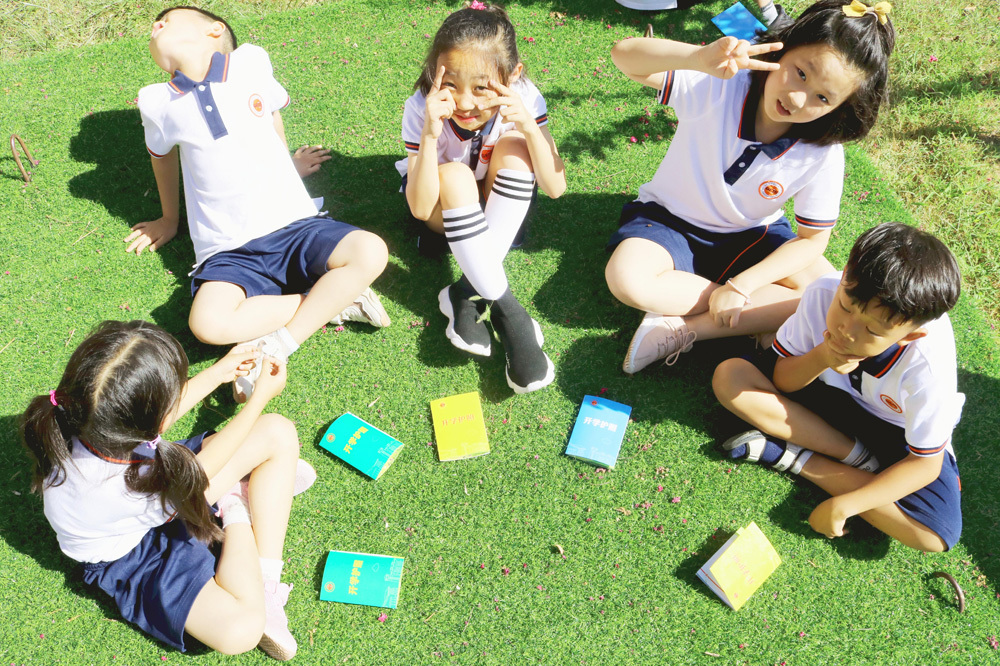
primary school

Yindi Primary School adheres to the educational philosophy of "Elite Education Inspires Life," implements the "1+6" innovative education model, practices the liberal arts education concept, uses a diversified curriculum as a platform, and focuses on the teaching direction of "respecting growth, protecting interests, and developing strengths." This approach encourages students to love learning, enjoy learning, and learn proactively, fostering an intrinsic motivation for learning, allowing every life to flourish on campus.
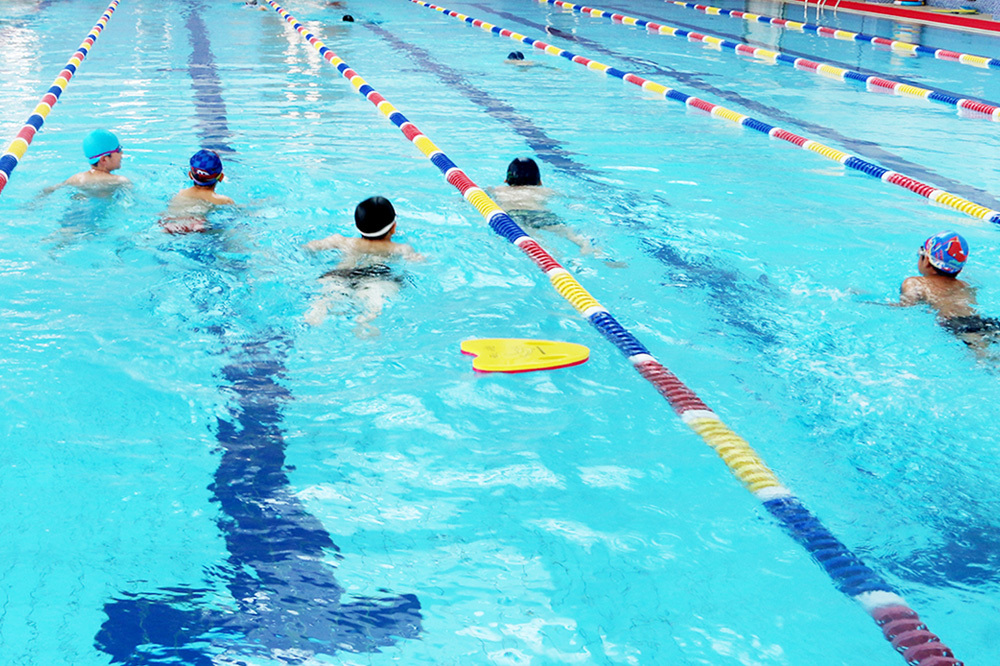
Educational Objectives

Respect children's individual differences
Protect children's interest in learning
Stimulate children's desire to explore
Cultivate good habits in children
Shape children's optimistic character
Promote children's harmonious development
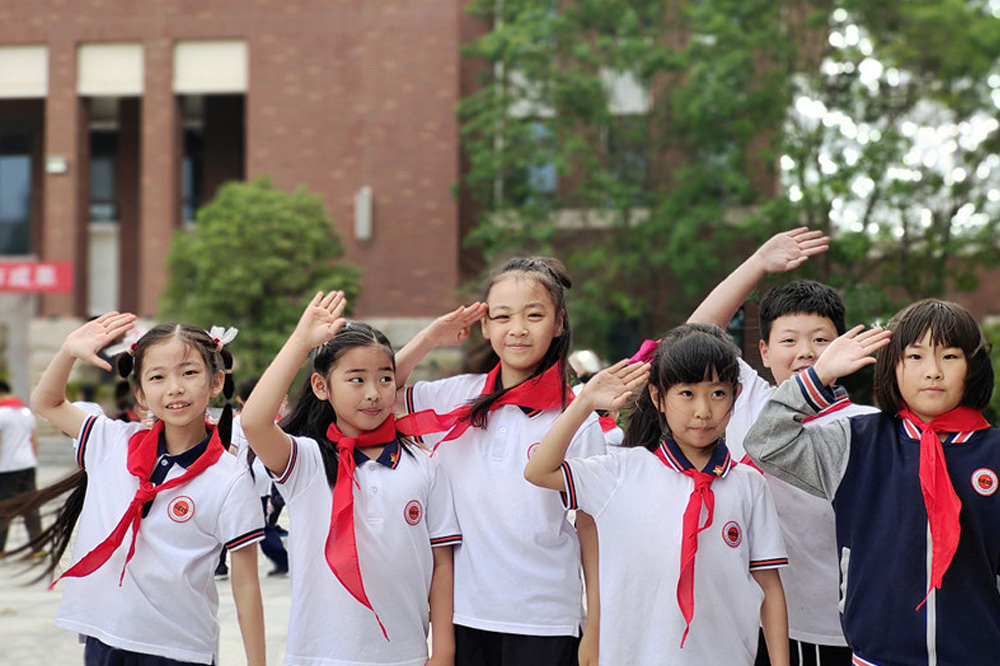
Course Highlights

Integration of national curriculum, international curriculum, and school-based curriculum
Primary school curriculum objectives: National curriculum solidifies foundational qualities, international curriculum cultivates core competencies, and school curriculum explores diverse values.
Localization of the national curriculum
Physical education curriculum includes swimming as a compulsory subject;
English curriculum introduces the original Longman edition;
Information technology introduces computer programming teaching from grade three onwards;
The attempt of 'walking class teaching' in English
Specialization of international curriculum
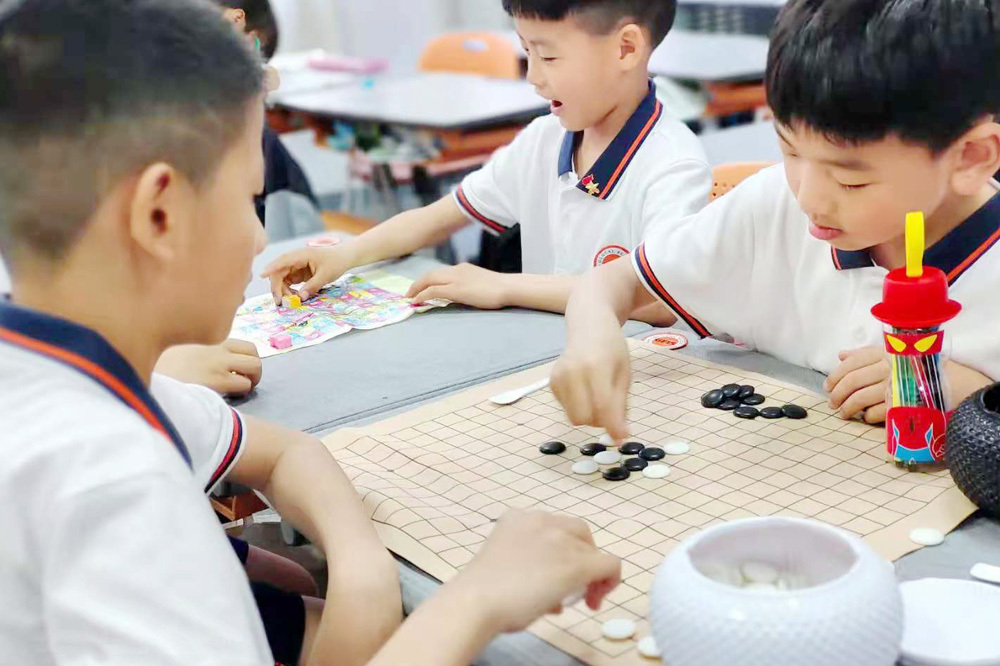
School Classroom Goals (Creating a Life-Infused Classroom)

Language: Poetic Classroom
Mathematics: Thinking Classroom
English: Dynamic Classroom
Arts and Sports: Agile Classroom
IBPYP: Inquiry Classroom
Boya: Fun Classroom
Class Meeting: Experiential Classroom
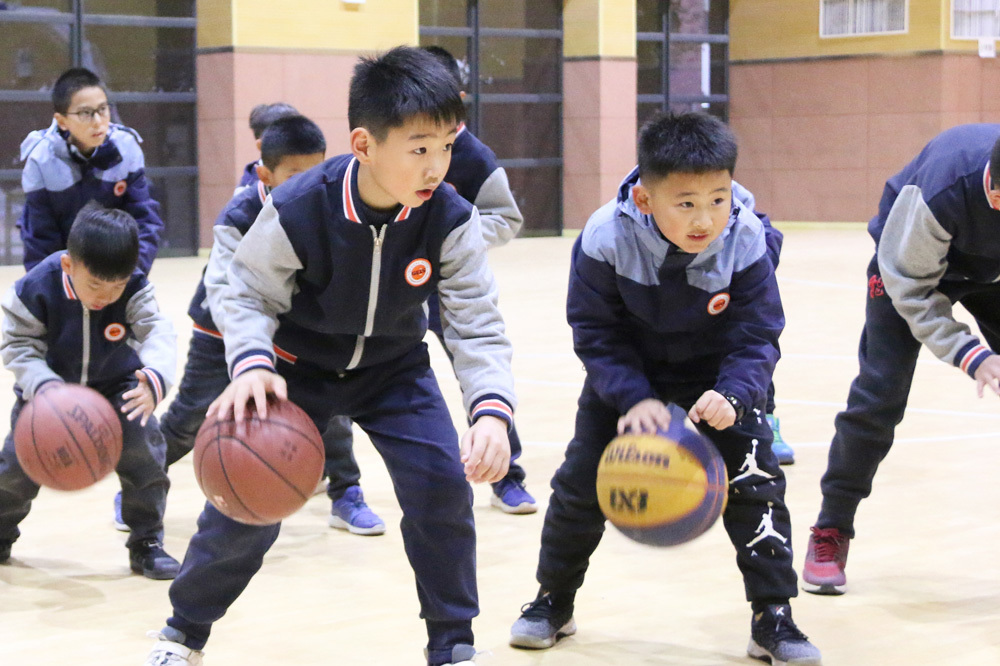
Message from the Dean of the Faculty

The difference between school education and family education is that family education is individualized, while school education is universal.
Individual attention, guidance, and education for children should be completed by parents; public and universal education aimed at the majority of students should be implemented by schools.
Only when parents do a good job in family education and teachers do a good job in school education can home-school collaboration truly be realized!

